June is just around the corner! You know what that means, hopefully: Pride Month! ? Of course, this also means lots of rainbows everywhere. And I really mean everywhere. For a while now, an increasing number of brands have turned their brand logos into rainbow versions to celebrate Pride Month. Here are some examples:

Showing pride, though, is not quite as easy as simply slapping a rainbow onto your corporate logo. If you’re not an inclusive company, your potential LGBT customers will see right through your new profile picture and your flimsy attempt at targeting them. Let’s look at some examples of corporations who have all rainbow-ed up their logos when they clearly had some LGBT skeletons in their closets:
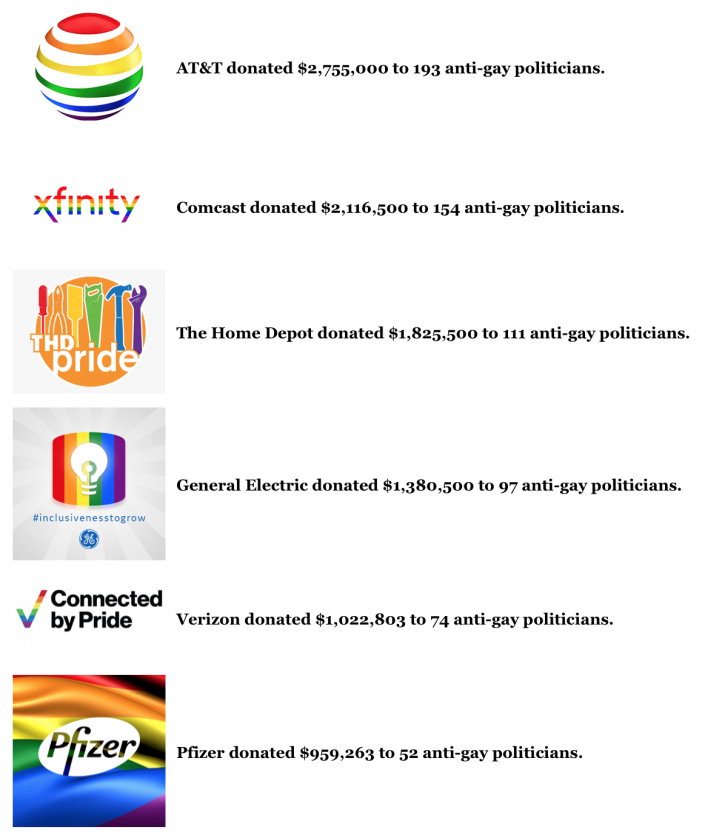
Beyond these obviously bad attempts at presenting fake LGBT inclusiveness through rainbow profile photos, there is also an increasingly wide range of rainbow products gracing our stores every June. Just have a look at Target’s Pride online shop (which is online all year round – one of the reasons Target is my favorite):
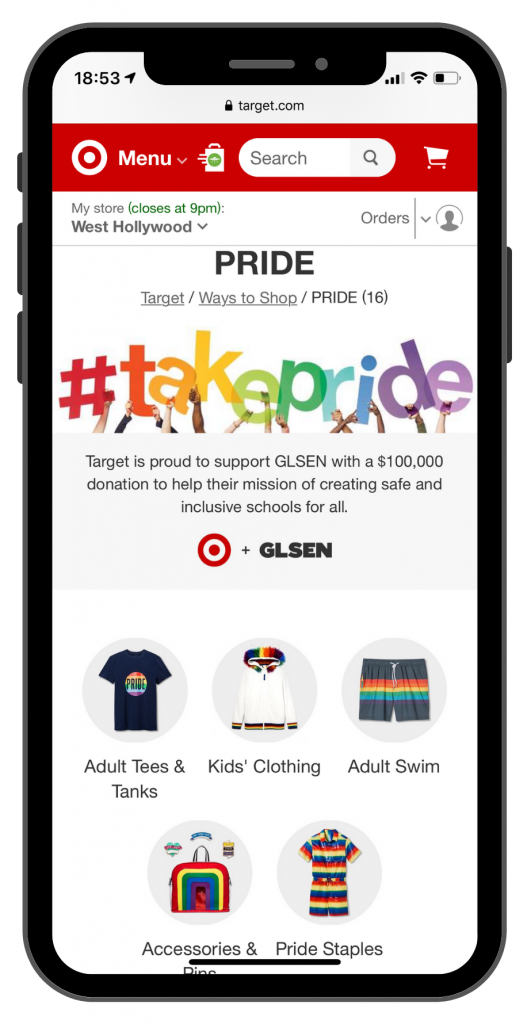
In the wider LGBT community, there is some controversy on such rainbow products. Let me explain. Every brand wants to get in on Pride these days. However, not that long ago, companies pulled their ads from the Ellen episode in which Ellen DeGeneres came out as gay. They wanted nothing to do with anything remotely close to the LGBT-sphere. Today, Amazon’s Alexa will tell you Pride facts, Nike has their “Be True” collection, Listerine has a Pride mouthwash (I know, right?), Burger King had a “Proud Whopper” at some point, Bubly has Pride sparkling water, Dr. Martens has their Pride boots, Abercrombie & Fitch has their own Pride collection along with a Pride cologne, … the list goes on, and on, and on.

Are all these Pride-related promotions genuine attempts at supporting the LGBT community or just rainbow-washing?
This is actually a very difficult question to answer. I’m honestly a bit torn on the topic myself. In general, I get very excited when brands create rainbow products because it seems better to live in these times than in the days when brands didn’t want to be associated with anything LGBT-related. However, it’s also somewhat irritating that massive corporations make money off a symbol that represents the LGBT community’s long history of struggle and oppression – especially when the benefits go to groups and individuals who are not LGBT.
It is understandable, that corporations who are decidedly pro-LGBT want to show off their allyship. However, being an ally shouldn’t be about your corporation, it should be about who you’re an ally to, shouldn’t it? This discussion is very similar to the debate about whether LGBT pride is a protest or a celebration. It started out as the former and it ended up becoming the latter. But it’s still a little bit of both. Think about this: As an individual identifying as LGBT, how would you feel about people who tag along to parades when that is their only action of solidarity for the whole year? Should they be allowed to wear the rainbow? With all the colorful celebrations it’s easy to forget that there are still horrible fates for LGBT people across the world and LGBT youth suicide data is extremely concerning.
Companies who truly support LGBT rights – and not just the cash that follows the rainbows – should stop donating to conservative parties who are relentless in their attacks on LGBT equality. Instead, they should follow the examples of Salesforce, who announced boycotts of Indiana, when then-governor Mike Pence signed anti-LGBT legislation into law. Or IBM, PayPal, and Google when they did the same in 2016 after the state of North Carolina passed anti-trans legislation.
The LGBT community is under constant threat. The Trump administration has set a strict anti-LGBT agenda: It banned trans and HIV+ people from the military, nominated a host of federal judges who are opposed to LGBT rights, attempts to eliminate protections for transgender people in homeless shelters, and is outspoken about its pro conversion therapy stance. And yet, his campaign deems selling a $35 rainbow MAGA hat, whose proceeds go against the community, appropriate. Probably the worst example of rainbow-washing in history.
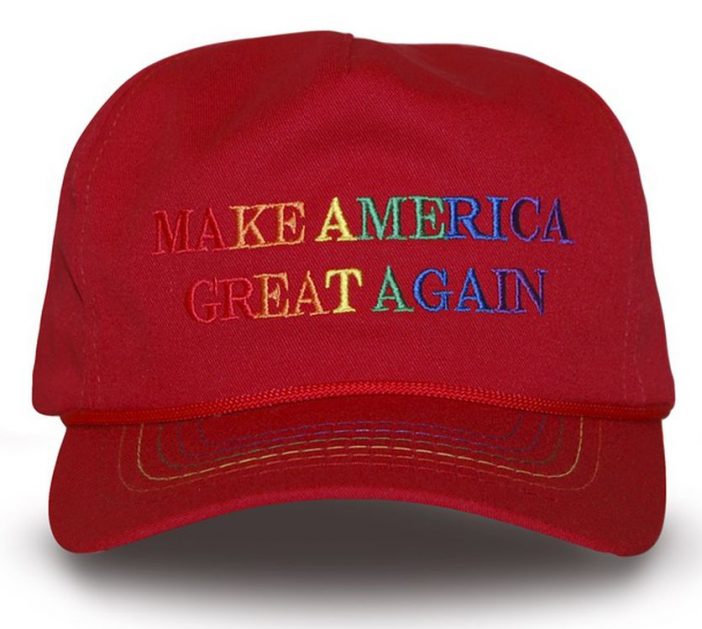
I think that companies should be held to a higher standard of allyship and push towards a world where the entire LGBT community is genuinely supported and recognized. Brands should support the LGBT community authentically, and, above all, all year-round. Corporations should understand that Pride Month originated on resistance and it isn’t a once-a-year party that they can cash in. Until that time comes, though, if even one LGBT kid sees a rainbow ad or that temporary rainbow profile photo and decides to live another day, it was all worth it.
Now, I’m curious to hear from you! Have you bought any rainbow products? If yes what was it? And which products would you love to see rainbow-y-fied?
Stay tuned for the next post where I will explain the HRC Equality Index for companies and why you should care about it.
In the meantime, please share my blog post with your peers!
Do you want to know more about LGBT-Marketing? Read my other posts, too!
? 4 Reasons Why Your Business Needs LGBT-Marketing
? The Dos and Don’ts of LGBT-Marketing
? LGBT-Marketing: Worst Practices
? LGBT-Marketing: Best Practices
? How to Deal With Anti-LGBT Backlash
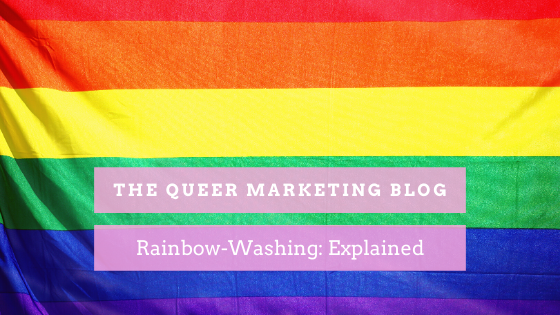
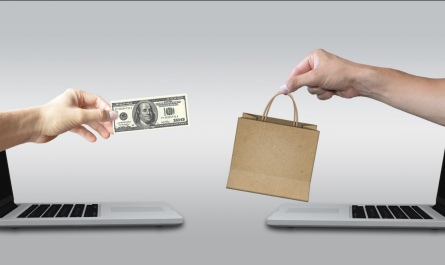
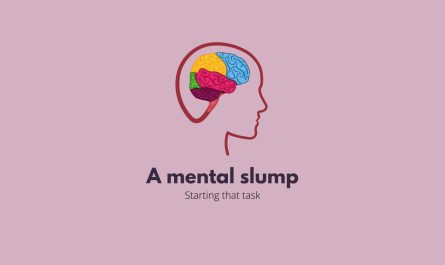
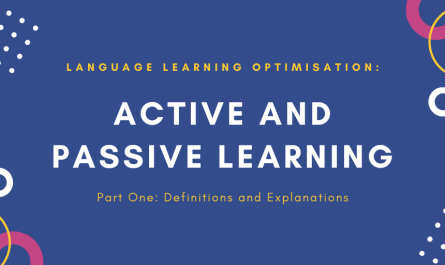
Up until now, I’ve never realized how much rainbow-washing there is out there, from now on I’ll really try to keep my eyes open to see the bigger picture and the real purpose behind this. I know that the intentions aren’t always for the best for such big companies..it’s an issue similar to feminism-washing, many businesses nowadays want to be all about women empowerment, equal rights and feminism, but it takes nothing to discover that they lack even the basics of equal rights and they just do it to keep up the appearences. It’s a never ending fight!
Thanks Olivier for another super informative post! I really feel like your articles are teaching me something valuable everytime, keep going!
Hi Veronica! Thank you so much for your comment! Yes, pink-washing and rainbow-washing have a lot in common. Corporations should look inwards, before waving pink and/or rainbow flags. It’s not always easy to see behind the curtains, though, but we have to try. There’s actually some great tools out there to spot “rainbow-fakers” easily – stay tuned! 🙂
Hey Oli, toller Beitrag! Bis jetzt habe ich noch nie Rainbow-Products gekauft. Nachdem ich aber deinen Post gelesen habe, kann ich mir gut vorstellen, das Firmen dies als Verkaufsförderung ausnutzen. Schade, dass solch gute Ansätze für Umsatzsteigerung missbraucht werden.
Great examples to explain rainbow-washing! There is still a long way to go, but I agree with you that at least companies are getting more aware 🙂
Thanks Olivier!